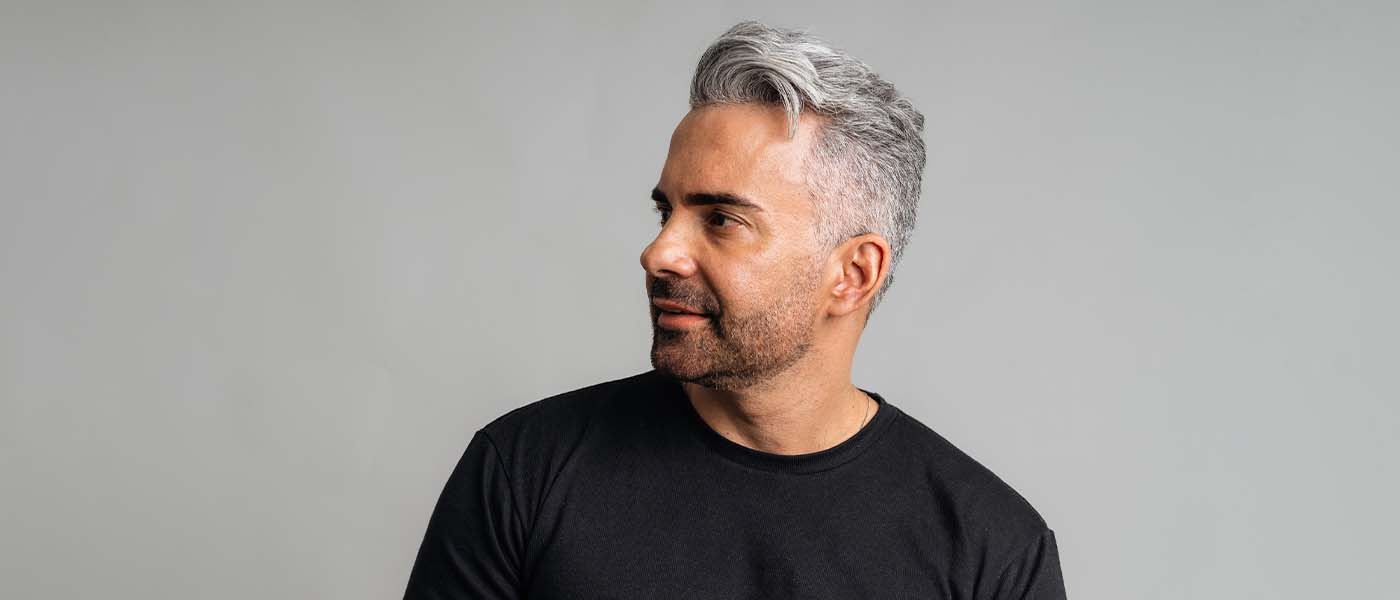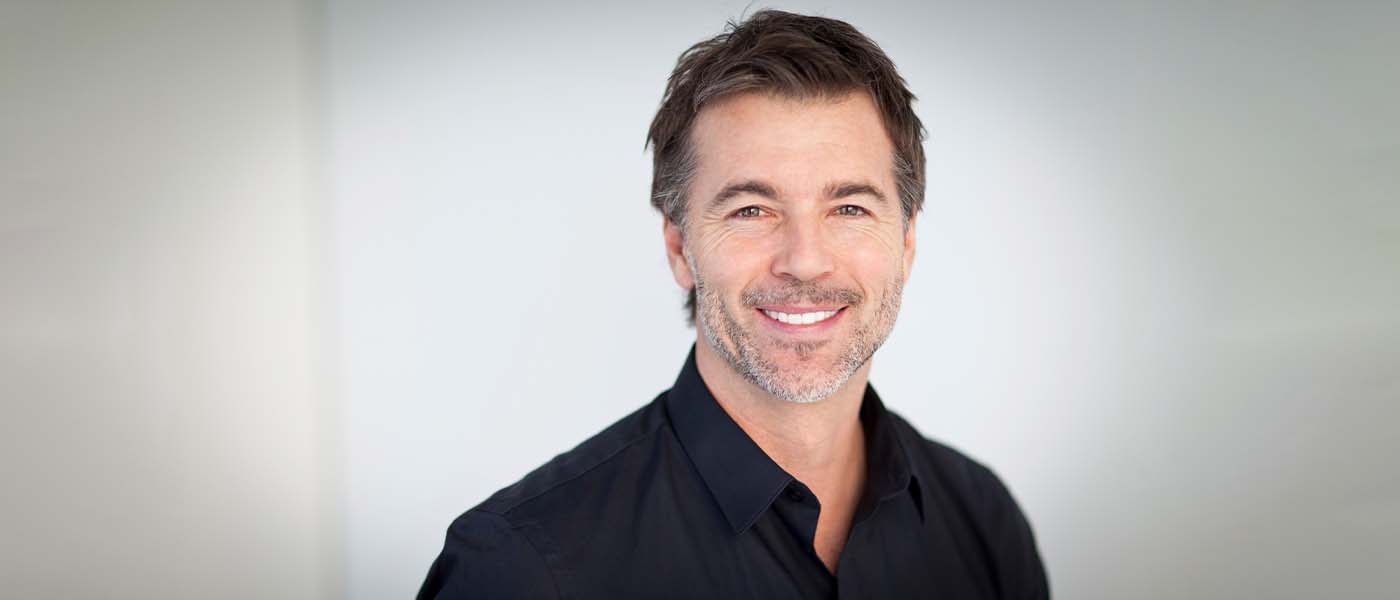
Hair loss can be a significant concern for many individuals, as it can affect their self-confidence and overall well-being. Fortunately, cutting-edge hair restoration solutions like Follicular Unit Extraction (FUE) hair transplants provide a natural-looking, permanent way to restore hair. However, the success of this procedure hinges not only on the surgery itself but also on the recovery process that follows. At Genesis Lifestyle Medicine, we explore the essential aspects of the FUE hair transplant recovery timeline to guide you through the journey to fuller, thicker hair.
1. Immediate Post-Procedure Care: The First 24-48 Hours
Immediately after your FUE hair transplant procedure, your scalp may feel tender, and you may experience some mild discomfort. During this period, it's normal to experience some swelling and redness in the treated area. However, these symptoms typically subside within a few days. Your surgeon will provide you with post-operative instructions, which may include:
- Medications: You'll likely be prescribed pain medications and antibiotics to prevent infection and manage any discomfort.
- Rest and Avoidance of Activities: For the first few days following the procedure, it's crucial to rest and avoid strenuous activities to allow your body to heal properly.
- Avoiding Touching or Scratching: Refrain from touching or scratching the transplanted area to prevent dislodging grafts.

2. Initial Healing Phase: Days 2-7
As you progress through the first week of recovery, you may notice scabbing forming around the transplanted grafts. This is a natural part of the healing process as the body works to protect the newly transplanted follicles. It's essential to follow your surgeon's instructions regarding washing and caring for your scalp during this time to ensure proper healing.
- Gentle Washing: Your surgeon may recommend gentle washing of the scalp using a mild shampoo to keep the area clean and promote healing. However, it's crucial to avoid vigorous rubbing or scratching.
- Avoiding Direct Sun Exposure: Protecting your scalp from direct sunlight is vital during this phase to prevent sunburn and potential damage to the newly transplanted follicles. Wearing a hat or using sunscreen is recommended when outdoors.
- Patience and Care: It's important to be patient during the initial healing phase and refrain from picking at scabs or attempting to remove them prematurely. Allow the scabs to fall off naturally as the underlying skin heals.
3. Transition Phase: Weeks 2-4
As you enter the second to fourth weeks of recovery, you may notice some shedding of the transplanted hair. This is a normal part of the process known as shock loss, where the transplanted hairs enter a resting phase before regrowing. Don’t be alarmed by this shedding — this is an essential and natural part of the hair growth cycle.
- Managing Expectations: It's normal for the transplanted hair to shed in the weeks following the procedure. However, this shedding is temporary, and new hair growth will gradually emerge in the coming months.
- Maintaining Care Routine: Continue to follow your surgeon's instructions for scalp care and avoid exposing the treated area to any potential trauma or injury.
- Patience and Optimism: Although the shedding phase may be discouraging, it's important to remain patient and optimistic about the outcome. Remember that the transplanted follicles are gradually establishing themselves and will begin to produce new, permanent hair growth.

4. Early Growth Phase: Months 2-6
As you progress into the second to sixth months of recovery, you may start to notice signs of new hair growth emerging from the transplanted follicles. While the growth may initially be sparse and uneven, this is a positive indication that the transplanted hairs are taking root.
- Celebrating Progress: Seeing new hair growth can be an exciting milestone in your FUE hair transplant journey. Take note of the progress and celebrate the positive changes taking place.
- Continued Patience and Care: Despite the emergence of new hair growth, it's essential to continue caring for your scalp as instructed by your surgeon. Proper maintenance and patience are key to ensuring optimal results.
- Anticipating Further Growth: While significant progress may be visible during this phase, it's important to remember that hair growth is a gradual process. Continued growth and thickening of the transplanted hair can be expected in the months and years to come.

5. Long-Term Results: Beyond 6 Months
Beyond the six-month mark, you can expect to see continued improvement in the density and thickness of the transplanted hair. By this time, the majority of the transplanted follicles should have established themselves, resulting in a more natural and aesthetically pleasing appearance.
- Enjoying the Results: As you reach the long-term phase of recovery, you can fully enjoy the results of your FUE hair transplant. Your new hairline will be more defined, and any areas of thinning or baldness will be significantly improved.
- Maintenance and Care: While the transplanted hair is permanent, it's essential to practice good hair care habits to maintain the health and vitality of your scalp and hair follicles.
- Consultation with Your Surgeon: Regular follow-up consultations with your surgeon are recommended to assess the progress of your hair growth and address any concerns.
Understanding the FUE hair transplant recovery timeline is crucial for anyone considering this procedure. By following the recommended post-operative care instructions and being patient throughout the various stages of recovery, you can achieve optimal results and enjoy the benefits of a fuller, thicker head of hair. Schedule a consultation today!



